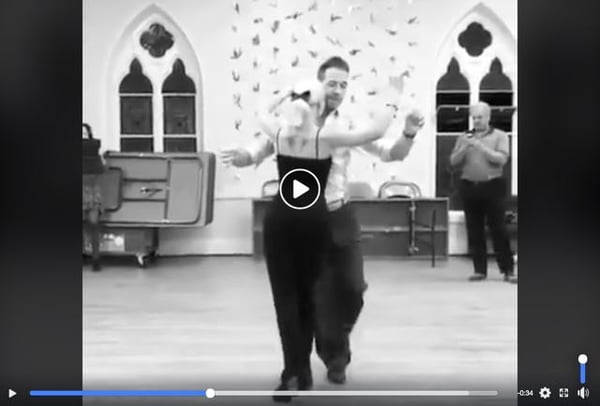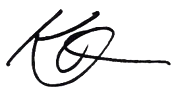"You have freedom when you are easy in your harness" ~Robert Frost
What an interesting way to define freedom. If asked to write one sentence to define freedom, how many of us would have chosen to put the word "harness" in it? But the more you think about it, and the more you experiment with dressage, the more it makes sense.
True happiness is not dependent on the absence of challenges or difficulty. It is dependent on your attitude or way of thinking about those challenges. Freedom is not dependent on a lack of restraint or limitation. It is dependent on the ability to accommodate and accept it and to be able to move within it. This is true emotionally, but also physically.
Now, before we get too philosophical (if I haven't already), lets get to some nitty gritty details of dressage. The basics of dressage are said to be for all horses, even if all horses are not going to end up specialists for dressage. What this means is that dressage is intended to create horses with healthy bio-mechanics that can enable them to carry the weight of the rider without causing them pain and injury.
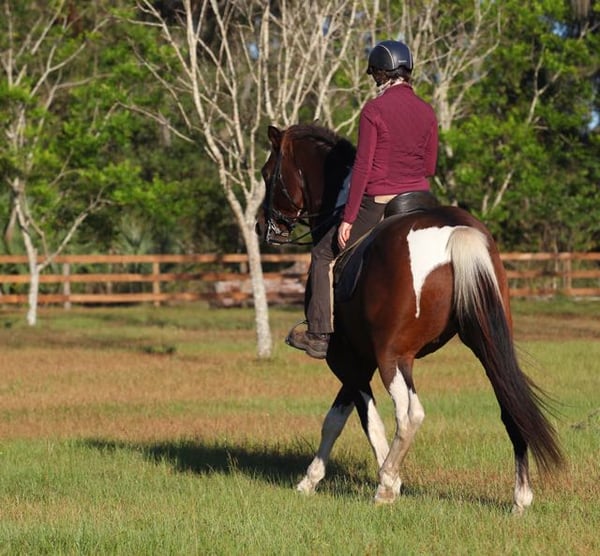
The more a body is able to bend, coil, and be elastic, the more it can feel free in the face of apparent limits. When this is done well, it can feel better than you can imagine ... but any of us who have attempted to ride our horse in connection with the reins, in finesse, know how quickly it can go wrong and that the horse and human can feel anything but free.
What makes it so difficult? What factors work against us?
- As soon as we sit on horses, they tighten their back muscles to hold us and now these muscles are less able to be used for locomotion. Their gaits are no longer free. It is now our responsibility as riders to break this cycle, and help to relieve the negative tension.
- Mental and emotional stress shows up in their posture. The foundation taught in Parelli goes a long way to eliminate the mental and emotional reasons for the horse to carry negative tension.
- Over-use of reins and/or trying to put the horse's head in vertical flexion too soon only slams the door on them and causes more reasons for them to tighten and contract instead of staying free and elastic.
- If we go beyond calm and bore our horses, we will be fighting a posture of boredom rather than athleticism. This can lead to leaning on the forehand, heaviness and dullness.
- All problems of the body of horse and human will show up in the reins when there is contact.
- Unfortunately, humans are wired to use their hands way too much.
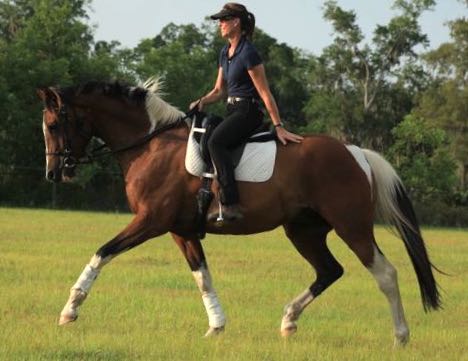 And really the list could go on and on. So how do we get connected enough with our horses to enjoy precision and power without them feeling stifled, like they have to shrink or escape? Lets assume they are calm, but not bored, energetic but not reactive, and understand the basic communications; In other words, that they do have a good foundation. In addition they need:
And really the list could go on and on. So how do we get connected enough with our horses to enjoy precision and power without them feeling stifled, like they have to shrink or escape? Lets assume they are calm, but not bored, energetic but not reactive, and understand the basic communications; In other words, that they do have a good foundation. In addition they need:
- A stretchable top line. When they are able to stretch, there is a specific bio-mechanic that puts tension in their nuchal ligament, which makes a change in their spine which raises the back and supports the rider. This allows their ligament system and skeleton to carry us, enabling the long back muscles to be used for locomotion. This allows them to have freedom of movement again! This stretch-ability needs to come as a natural result of achieving balance and less by manipulating the head and neck.
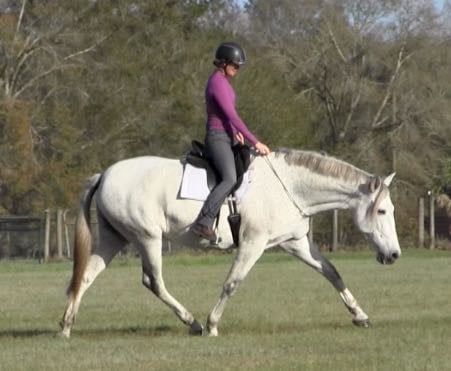
- Excellent gymnastic training (the real genius of dressage), to cause them to be able to use some of the muscles in the base of their necks and abdominals to allow a more uphill posture without blocking the flow of their gaits. If their backs are free from negative tension, their legs are also free ... they can articulate their joints, engage their haunches, and raise up a strong base of support. This is the only way to fit a big free gait into a smaller space without losing quality.
- Moving forward into the connection, yet still listening to and respecting the boundaries of body of the rider. This is one of the most delicate concepts. It is often misinterpreted as a reason to allow the horse to lean on the hands. It is a combination of a stretch-able neck and hands that receive, not take. The connection will feel a lot like holding hands with your horse.

You may ask, why we would even want to take up this challenging task? What you gain by doing this is a feeling of potential energy and power. Riding a horse in a good connection with a loose back, with uphill posture through gymnastics, can be one of the healthiest ways to ride a horse. It is not uncommon for excellently trained dressage schoolmasters to be performing into their 20s! There have been 19 yr old horses in the Olympics!
The tricky part is in the execution. Finesse gone wrong is a miserable thing for horse and human! In my experience, there are some issues that are common to many students who struggle with the basics of dressage:
- The wrong picture. When people want to visualize dressage, they get out their tapes of the Olympics and watch horses doing Grand Prix under the most stressful of situations. They see high round necks, short reins and riders sitting very erect. They hear the word "collection" and "accuracy" being used a lot by the commentators. So then they go out to their poor, unsuspecting horses and start practicing finesse with this in mind:
- sitting very rigidly
- trying to keep their horse's head still and the nose tucked
- pleading with them to either keep going forward or to relax
...Instead of having a good picture of excellent basic dressage, which should be all about suppleness and looseness and acceptance of connection.
- The wrong idea. Many, many times at my clinics I observe students doing a very particular hand gesture when talking about "collecting their horse" or "doing finesse". It looks like this: Hold both arms out in front of you, palms down, fingers open. Now close your fingers into a fist and twist so your thumb is on top. At the same time, bend your elbows and bring them to your side. Is it any wonder why the horse would lean or hide from the bit if you are asking in this way?! That gesture is all about taking backwards ... when really we need to be focused on the horse reaching forward (while still respecting the limits).
- The wrong term. Many students misunderstand the term collection. Collection is not asked for in the basics of dressage. First, there are the "working gaits" (or as I like to call them: the "workin' it gaits"). In the working gaits, the horse's neck is lower, and longer, yet not fully stretched. The horse is not particularly up or down hill. The emphasis is on reaching into and accepting the connection with the reins, and having free, rhythmic gaits through basic transitions and medium to large circles, leg yields and some lengthening of the strides. This stage may last for 1-2 years before collection is even mentioned to them! So, just changing this image in your mind will begin to help.
Enjoy this video of two dancers connecting through their bodies, without needing the connection through their arms.
Instead, concentrate on:
- Preparation of the horse's body to be balanced and free and stretchable, before they experience the potential restriction of reins and precision. If they don't feel free when they are free, they will have a tough time getting that concept when in connection with the reins. Eliminate the causes for lack of freedom or openness. Look at the quality of their response to relaxation, energy and balance shifts. Look at any misalignments in their way of going and do exercises to show them some other possibilities. The goal at this stage is to have a horse that understands communication about being relaxed, energized and balanced ... and, therefore, free. In this state, a horse will "let loose", stretch and start to bring his back up and free his musculature, releasing his body, breathing deeply. It is not about the contact ... as it is possible for a horse to be bio-mechanically "un-free" even if bridle-less.
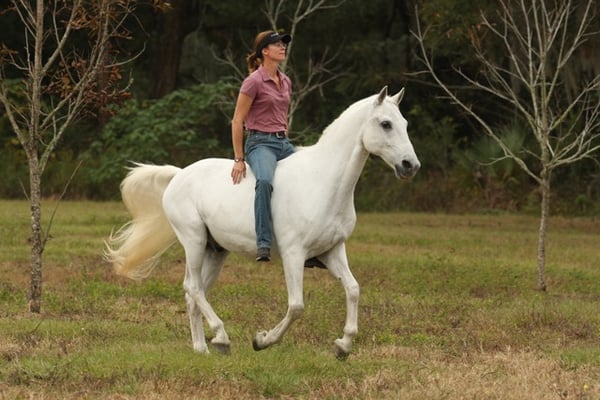
- Freestyle Inside the Finesse. Don't use reins for things like steering, stopping, maintaining speed. Then they are free to be used for what they are intended: Subtle communication about where the head is pointing and as another point of connection to feel the horse. This is what reins and only reins can do best. This is what they are the best tools for. If we will need our reins to steer, stop, regulate speed, etc., then how on earth are we going to end up in lightness? Remember that Freestyle does not mean "Free for All". Practice having a refined focus in your freestyle to help bridge the gap to Finesse.
- Excellent rider.man.ship. Refine your fluidity so you can be careful not to throw your horses off balance or accidentally support yourselves on the reins. At certain points we need to stop thinking about developing our horses and simply get better at riding what our horse already offers. This can create the next level of harmony that gains your horse's trust and confidence in you, leading him to open his body even further.
Riding in a light, consistent contact without the horse leaning or hiding from it is one of the most challenging arts. It is easy to not use the reins if they are not there. You will want to set yourself and your horse up from the beginning to develop trust and have responsibilities, emotional fitness, understanding, and communication. You are taught how to play at liberty and ride in freestyle, so you have the best chance at experiencing the concept of self-carriage and lightness. Every skill you have here allows you to cross out another reason for difficulty in your finesse.
Beyond foundation, you must become excellent, refined riders: Supple, precise, and in good human posture. Prepare your horses for finesse with the conversations about relaxation, energy, and balance, in order to find the let loose posture characterized by free-flowing gaits. You must understand how to find release in the body when tension creeps in, whether it is mental, emotional, or physical tension. We must have many tools of diagnosis and strategies. Every problem will show up in the reins if the reins are there, but most problems should not be solved with the reins. The rider must be able to always solve a foundational issue using a foundational strategy. It is possible to do this even during Finesse.
The horse and rider both need to truly understand that the freedom can come from within. They can feel free while moving freely, while in connection with the reins and eventually even in collection. In other words, they can be "comfortable in their harness". The connection we are looking for is not from demanded submissiveness, but instead it is from an openness to give their bodies to us through confidence in themselves and trust in us. Don't fall into the trap of thinking finesse and dressage is all about shortening your reins and jamming your horse onto smaller circles! And do notice in this whole article, I didn't mention anything about how to get a horse to get vertical flexion … that is just one small part of the big picture, and the more naturally it arrives the better.
When we have this kind of freedom of movement, we know it was worth the struggle of learning it. In my book, I tell a story of how I learned ballroom dancing. My teacher had my partner and I learn our parts side by side. When we had this, then we faced each other, not touching until we had our balance again. Then he had us connect our bodies, still not using our arms. We had to relearn how to maintain our own balance as we connected. Separate from this, we worked on our posture together, standing still and practicing connecting through our arms. The last thing we did was to try to actually dance together while in connection with our arms. It was the hardest part, and almost immediately would illicit arguments:
- "You're leaning on me!"
- "No, YOU are pushing on ME!"
I knew then what it must be like to be a dressage horse! But when it worked, it was amazing. We became one creature, one body. This teacher had taught us the freestyle inside the finesse. He made sure we could be responsible for ourselves independently (liberty, on-line), then connected in only our bodies (freestyle), then with the arms (finesse).
For me, it is worth the challenge. But be gentle with your selves and your horses while learning it.
Want to get a LOT more support on this?
Check out how you can start learning from me TODAY.
Thoughts? Scroll down to leave a comment!


